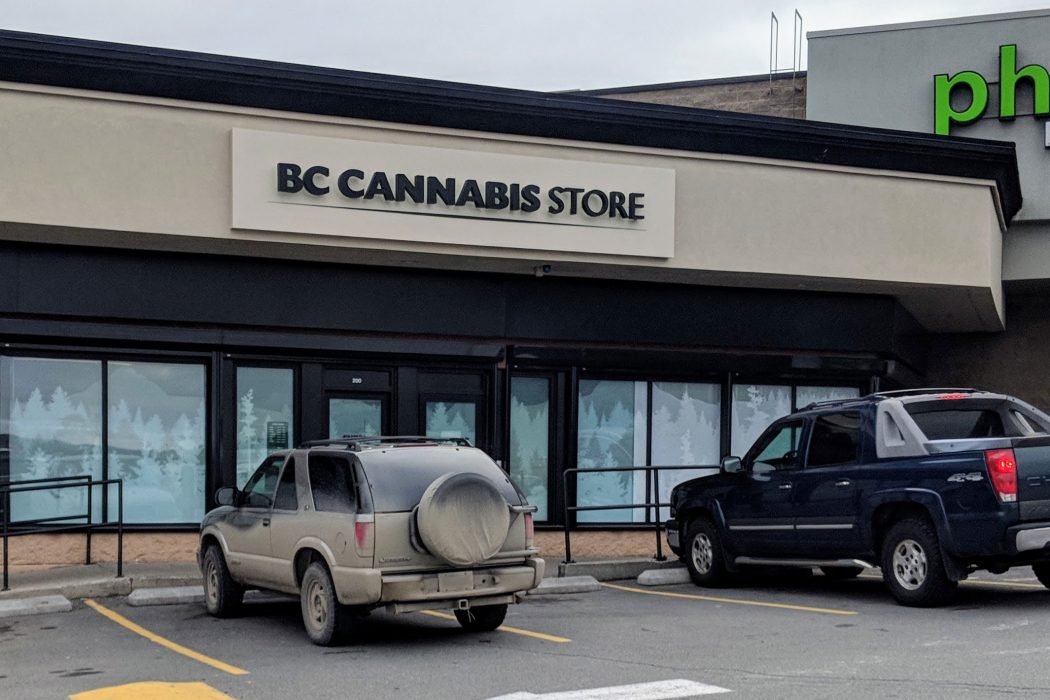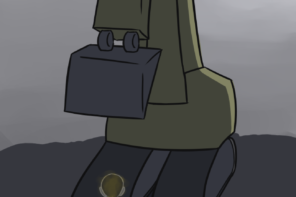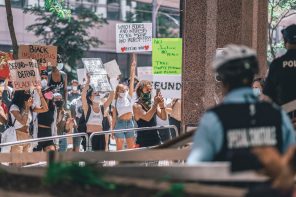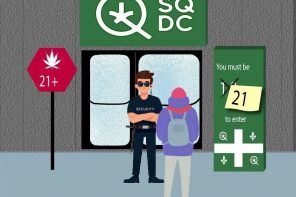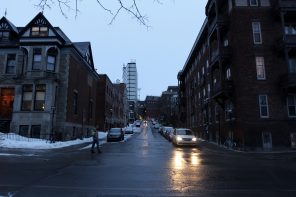When Canada legalized marijuana on October 18th, 2018, it became only the second country in the world to do so. While Bill C-45, the legislation which legalized the drug, was quite comprehensive, a lot was left up to provincial governments to determine how they would proceed with the legalization. Manitoba and Quebec chose to opt out of a portion of the legislation which would have permitted residents to cultivate up to four of their own cannabis plants, prompting a judge to strike down the ban as unconstitutional in Quebec. The larger portion of marijuana legalization that was left up to provinces was retail sales: who would own the rights to sell the drug?
“This stark contrast poses the question of how government regulation of distribution has affected marijuana sales, prices and availability”
The main difference among provinces is whether they allow private retailers (with license) to sell marijuana, and whether it’s in tandem with government locations or on its own. The regulation varies heavily from province to province; Manitoba offers sales only through private retailers, whereas New Brunswick is the inverse, offering sales only through government-operated locations. This stark contrast poses the question of how government regulation of distribution has affected marijuana sales, prices and availability.
In Quebec, the Société québécoise du cannabis (SQDC) is responsible for marijuana sales throughout the province. As a subsidiary of the government liquor monopoly SAQ, the government has full control of the sales of the drug. In the early days of legalization, the efficiency of these stores was in question. In January 2019, SQDC’s mere twelve locations were only open from Thursday to Sunday due to supply issues. Since then, SQDC’s reach has broadened to 30 active locations.
“One thing is clear about marijuana pricing in Canada: the black market does it better“
Surprisingly, there seems to be little correlation between the price of marijuana and the type of retail law by province. In fact, Quebec seems to pay the least for cannabis products, averaging about $6.75 per gram. As mentioned, Quebec does all their marijuana sales through government-operated locations. Manitoba, a province who does sales exclusively through private retailers, pay one of the highest prices for cannabis, at an average of $9.14 per gram. However these prices may be attributed to higher fees to operate there. Overall, the disparity in pricing across provinces seems to have little effect on how much consumers are paying for the drug.
One thing is clear about marijuana pricing in Canada: the black market does it better. In fact, the gap between legal and illegal prices for cannabis is widening, which is a source of concern for the government. According to the Canadian government, the rationales for legalizing weed are two-fold: restrict access of cannabis to youth and displace illegal markets. Without a significant change in prices, these goals may never be achieved. The black market will likely still thrive as long as their pricing is attractive, and as long as that market thrives, youth will have access.
The wide difference in provincial legislature surrounding cannabis sales in Canada is odd, to say the least. However, it seems that be it public or private retailers, the core issues surrounding cannabis and its legalization in Canada remain. Until provincial governments — and potentially the federal government — find a way to reduce prices and efficiently crack down on black market sellers, the hope of perfect legalization may remain a dream.

